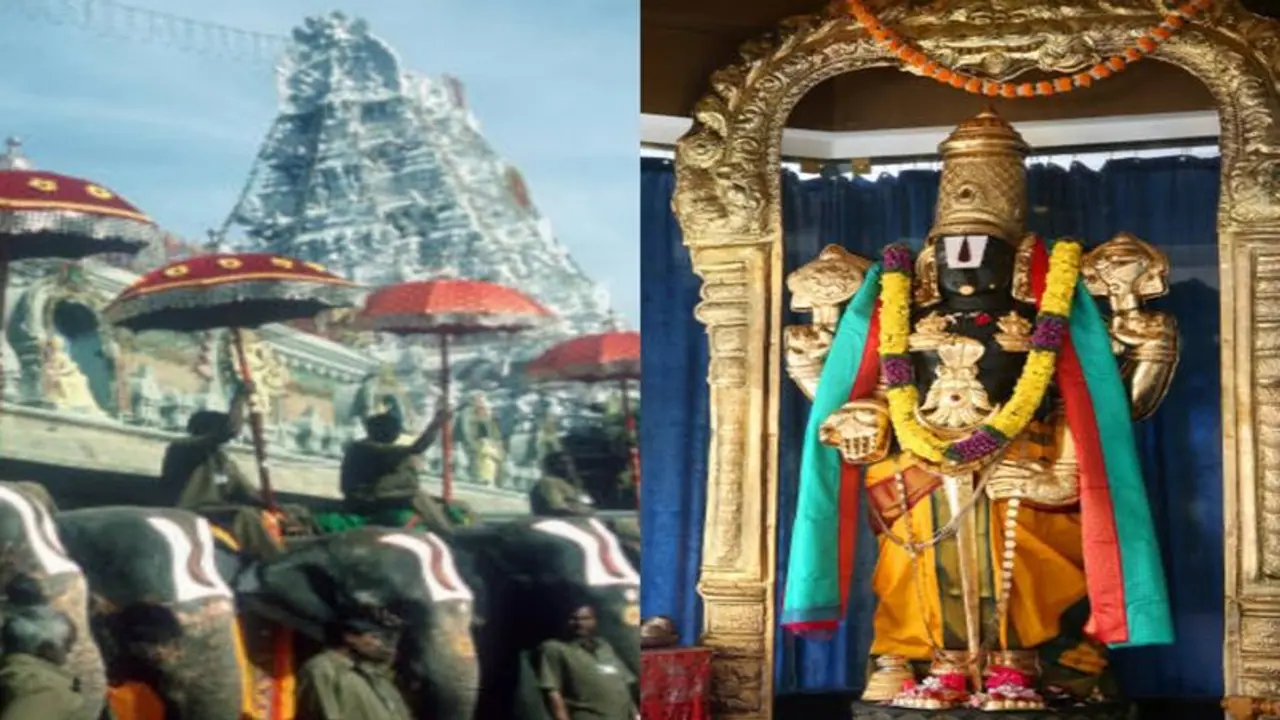The Indian temples are not just architectural marvels but also sources of spiritual vitality. One of nature's wonders is Sri Venkateswara Swamy Temple, where visitors are left in awe of its heavenly presence and the obvious bending of regular rules of nature.
Indian temples have historically captivated people with their amazing and sometimes enigmatic powers. Indian temples attract visitors from overseas as well as those locally drawn by their mystique, regeneration, and other enchantments.
In addition to serving as religious centers, these holy locations are also the source of numerous unexplainable occurrences, some of which are sometimes so complex that science is at a loss to identify them.
One of these wonders is the Sri Venkateswara Swamy Temple, which is at least eight centuries old. Other than Sri Venkateswara, this temple is dedicated to Hanuman Ji. When the hot water used for Abhishek in this place reaches the idol's feet, it turns cold. Water vapor is shown ascending.
Additionally, the idol's head remains hot to the touch even though the feet and the water surrounding them are cool.
The mythology claims water does not get cold when it reaches the feet of the statue when it is poured directly from its navel; rather, it stays hot to the touch. This adds to the mystique surrounding both the god and the idol.
There are those who firmly cling to the mythology and the miraculous abilities of the god, and also there are those who attempt to rationalize everything. There have been many theories suggesting that the water's ability to turn cold is not a supernatural phenomenon but rather a feature of the stone utilized in building the deity's idol.
It's been suggested by some that the idol is made of a particular kind of stone with special qualities that allow it to control the environmental temperature.
Also Read: Who is the man 'buried on the moon' and why? Here's everything you need to know
